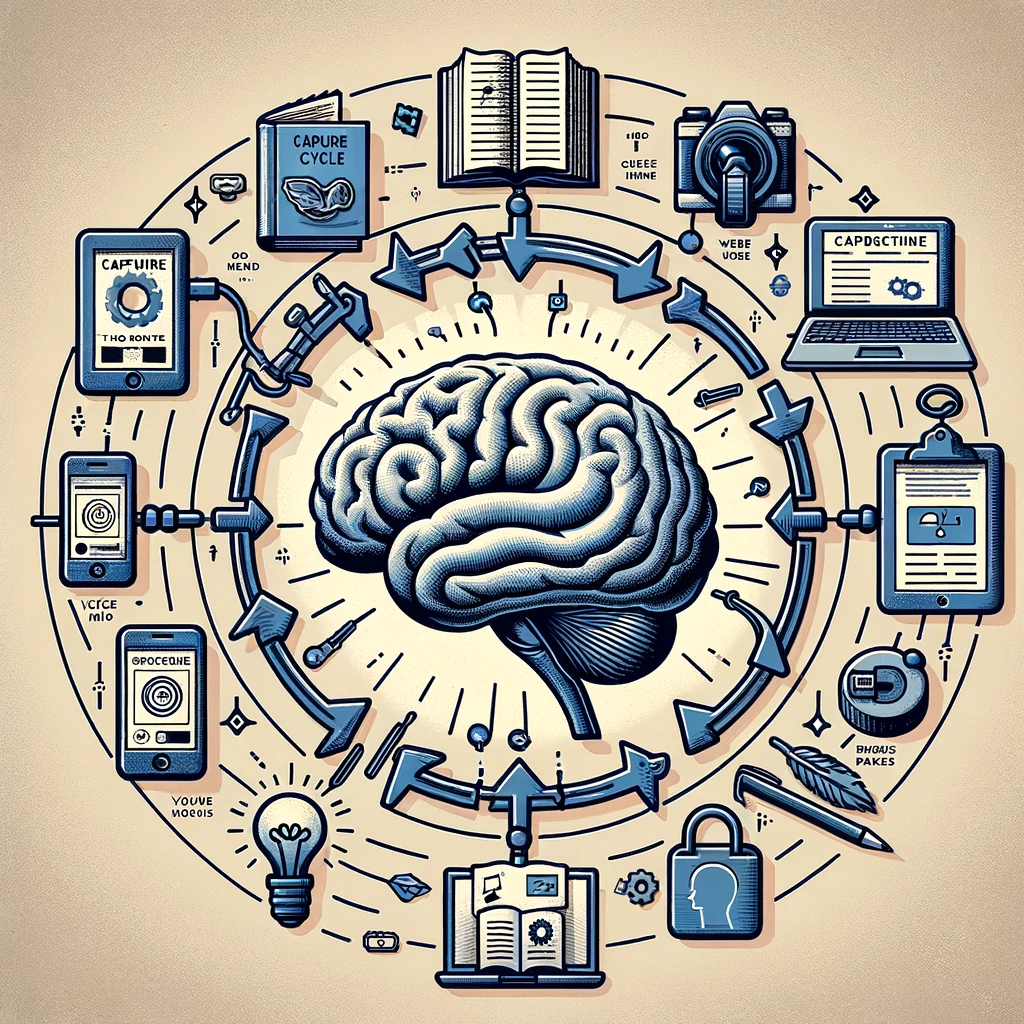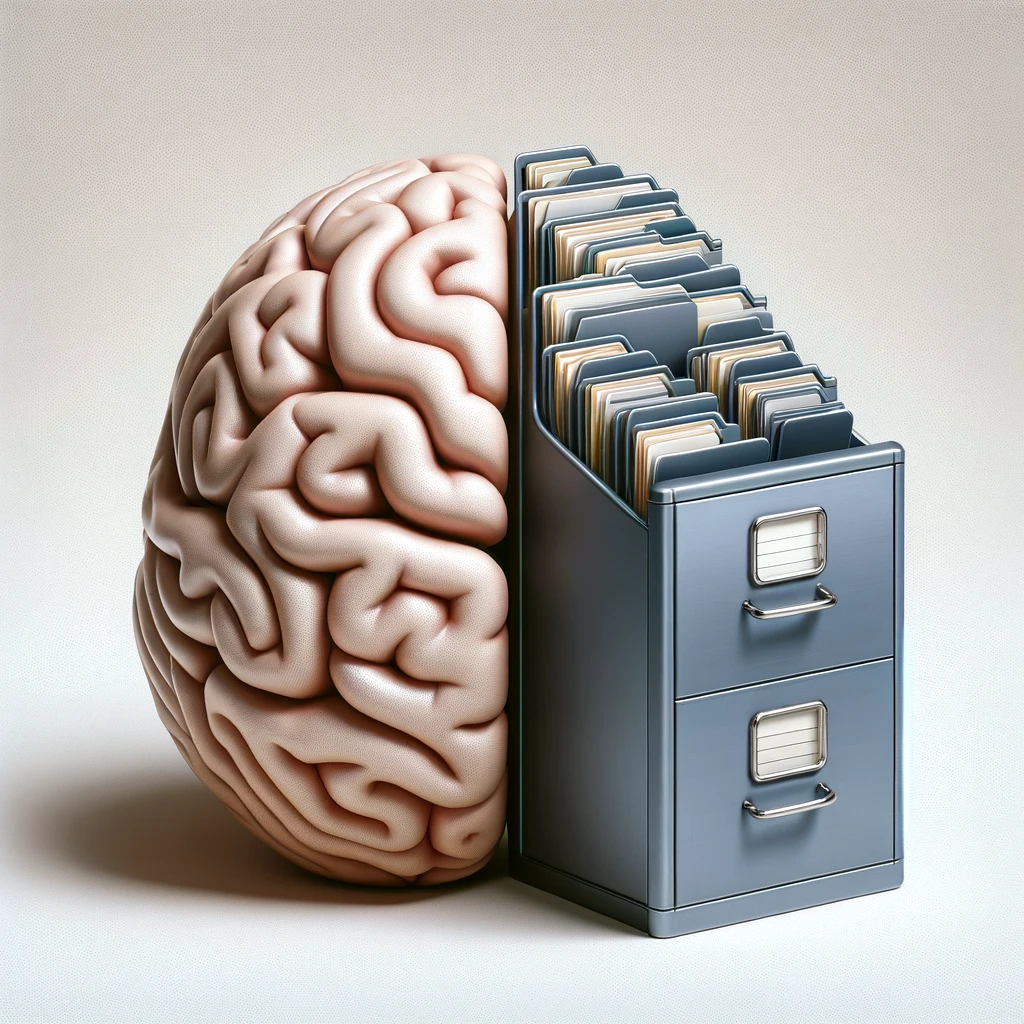The PARA Method: How to Organize Your Notes and Projects
In today’s fast-paced world, managing information efficiently is crucial. The PARA method, developed by productivity expert Tiago Forte, provides a robust framework to organize your notes and projects. PARA stands for Projects, Areas, Resources, and Archive, and it offers a systematic approach to handle the plethora of information we encounter daily. This article delves into each component of the PARA method and provides practical steps to implement it effectively.

Understanding the PARA Method
The PARA method is designed to categorize all your information into four distinct areas:
- Projects: Short-term efforts with a clear goal.
- Areas: Long-term responsibilities and ongoing activities.
- Resources: Topic-specific materials and references.
- Archive: Inactive items for reference or future use.
Projects
Projects are short-term efforts that have a specific outcome or goal. They are time-bound and require action steps to be completed. Examples of projects include writing an article, completing a work assignment, or planning a vacation.
How to Manage Projects:
- Define Clear Goals: Each project should have a clear and measurable goal.
- Break Down Tasks: Divide the project into smaller, manageable tasks.
- Set Deadlines: Assign deadlines to each task to ensure timely completion.
- Track Progress: Use tools like task managers or project management software to monitor progress.
Areas
Areas represent long-term responsibilities and ongoing activities that do not have a specific end date. These are aspects of your life or work that require consistent attention and maintenance, such as health, finance, or professional development.
How to Manage Areas:
- Identify Key Areas: List all the major areas of responsibility in your life.
- Set Objectives: Define what success looks like in each area.
- Regular Reviews: Schedule regular check-ins to assess progress and make adjustments.
- Maintain Balance: Ensure that no area is neglected over time.
Resources
Resources are materials that support your projects and areas. These include articles, books, reference materials, and any other information that you might need for future use.
How to Manage Resources:
- Organize by Topic: Group resources by topic or theme for easy access.
- Use Tags: Implement a tagging system to quickly find specific information.
- Regular Updates: Periodically review and update your resource library to keep it relevant.
- Digital Storage: Utilize digital tools like Evernote or Notion to store and organize resources efficiently.
Archive
The Archive is where you store items that are no longer active but may be useful in the future. This could include completed projects, old resources, and any other information that you might want to reference later.
How to Manage Archive:
- Sort by Date: Arrange archived items chronologically for easy retrieval.
- Create Subfolders: Use subfolders to categorize archived items by project or area.
- Regular Clean-Up: Periodically review the archive to remove outdated or irrelevant information.
- Backup: Ensure that archived information is backed up to prevent data loss.
Implementing the PARA Method
To implement the PARA method, follow these steps:
- Audit Your Current System: Assess how your information is currently organized.
- Categorize Information: Sort all your notes, documents, and materials into the four PARA categories.
- Set Up a System: Use digital tools like Notion, Evernote, or a simple folder structure on your computer to organize information according to PARA.
- Maintain Regularly: Schedule regular reviews to keep your system up-to-date and ensure it continues to meet your needs.
Conclusion
The PARA method offers a comprehensive approach to organizing information, making it easier to manage projects, maintain areas of responsibility, and access resources when needed. By categorizing your information into Projects, Areas, Resources, and Archive, you can create a structured system that enhances productivity and efficiency. Start implementing the PARA method today and experience the benefits of a well-organized information management system.
By adopting the PARA method, you can transform the way you handle information, leading to greater clarity, focus, and productivity in both your personal and professional life.



